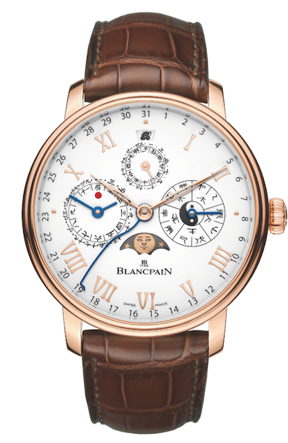Though we’re so used to the Gregorian calendar, with its 365 day year and 4 year leap year cycle, that we usually simply think of it as the calendar, there are many other ways of reckoning the passage of time. One of the most ancient systems still in use today is the traditional Chinese calendar, which, unlike the Gregorian calendar, uses the occasion of each new moon to mark the start of each month. There is archaeological evidence for the use of some form of the Chinese system dating back at least three and a half millennia, and over thousands of years it has taken on a complex but intensely symbolically sophisticated form.
Since the Chinese calendar contains 12 lunar months, which are either 29 or 30 days long, the lunar year is about 11 days too short relative to the length of a solar year (roughly 365.24 days.) The solution is to occasionally insert an extra month into the calendar (the reason for the shifting date of Chinese New Year.) Another feature of the Chinese calendar is a combined ten year cycle (the Ten Celestial Stems) based on Yin and Yang and the 5 Elements (both components of traditional Taoist cosmology) with a 12 year cycle based on the 12 animals of the Chinese Zodiac (and originally based on the 12 year period of Jupiter’s orbit.) The combination of these two cycles yields a sixty year cycle (the jiǎzǐ) which determines the animal and element under which a person is born, forming the basis of Chinese astrology.
One of the most remarkable watches we saw at this year’s BaselWorld was from Blancpain –the Traditional Chinese Calendar Watch combines indications for the Gregorian calendar with a complete representation of the celestial cycles as seen from the perspective of the traditional Chinese calendar. (We were also treated to an incredibly lucid explanation of what could have been, to Westerners, an impenetrably incomprehensible watch, by Mr. Adam Bossi, Blancpain’s US president, who calmly took us through the functions of the watch with the clarity and aplomb of an expert academic.)

























